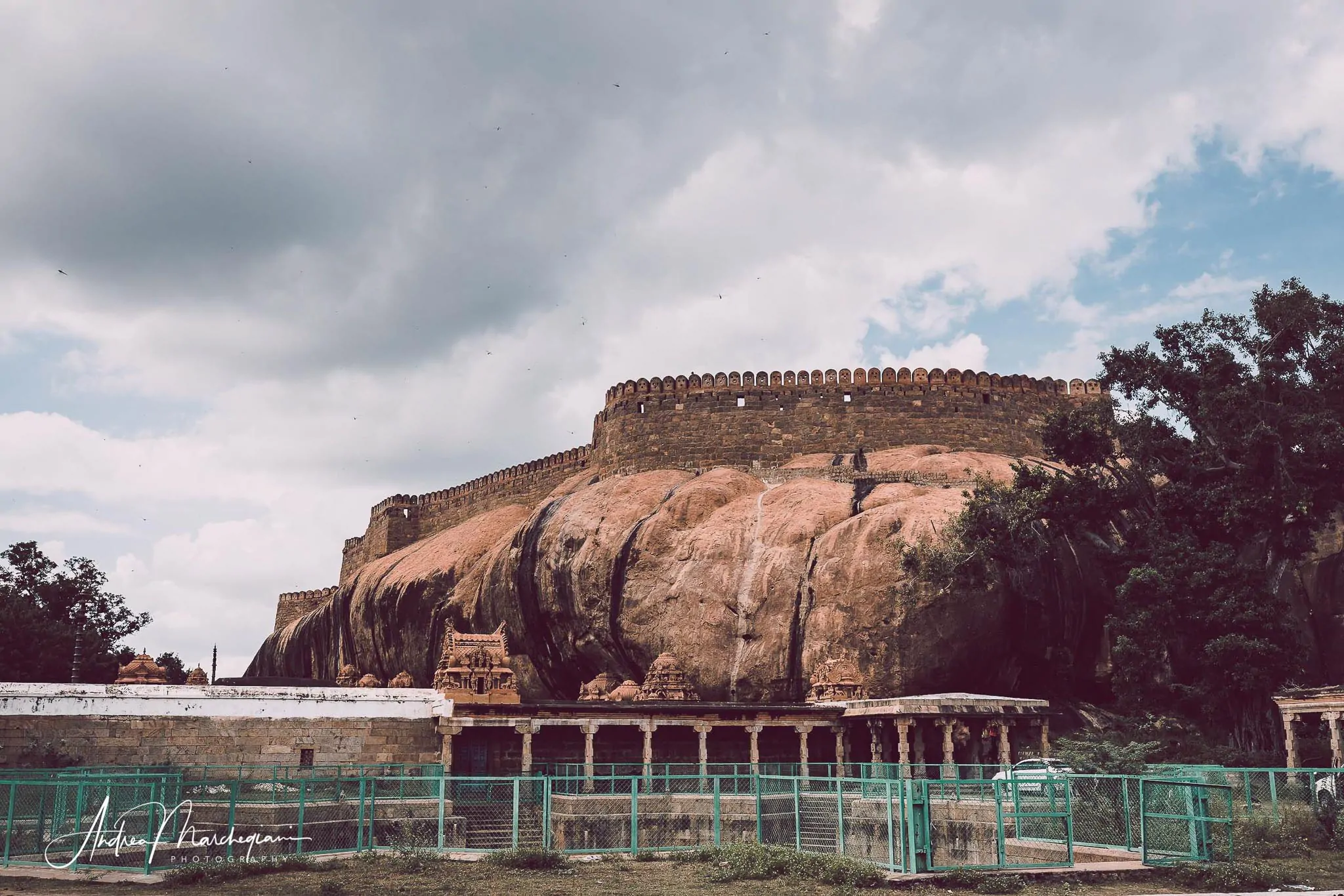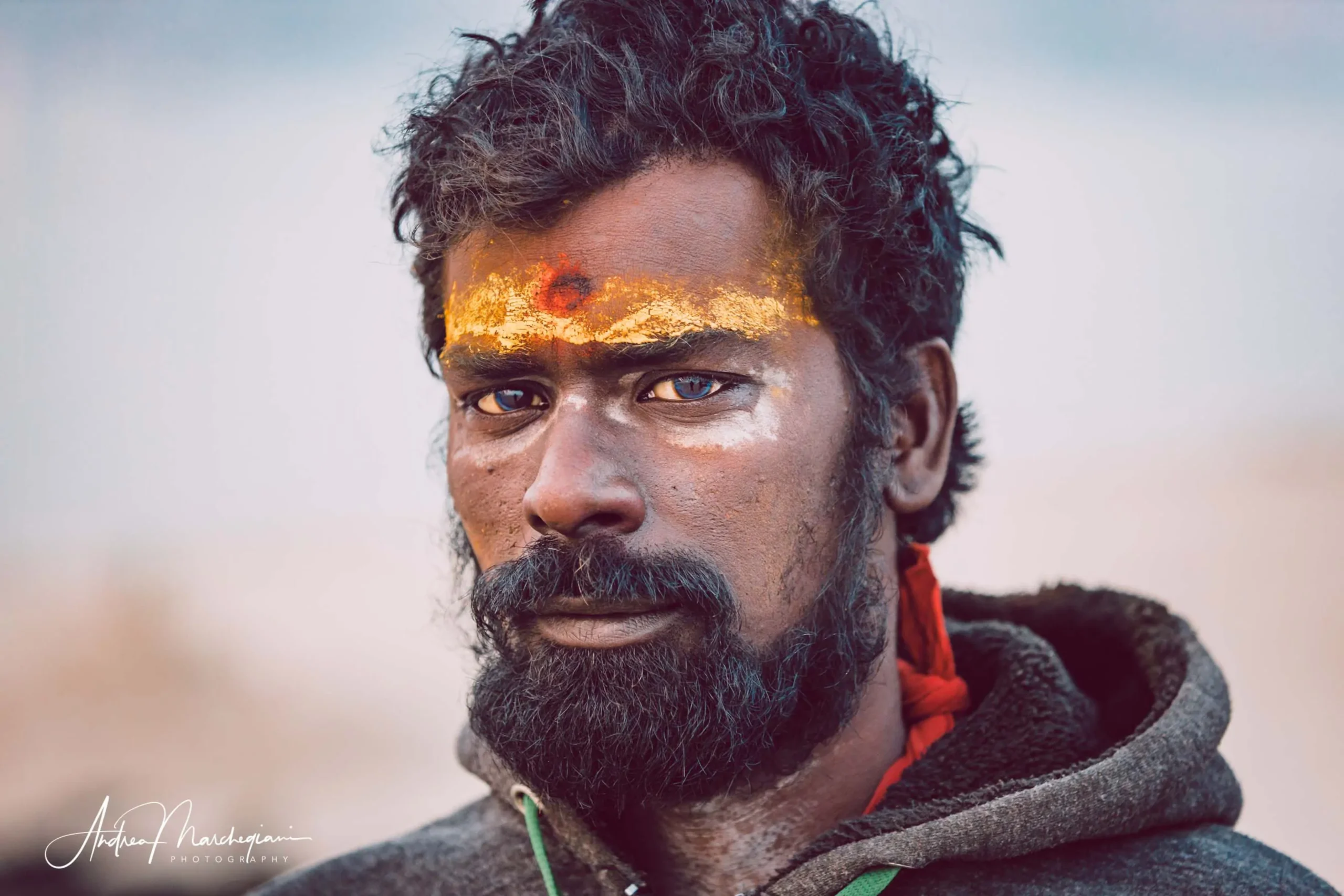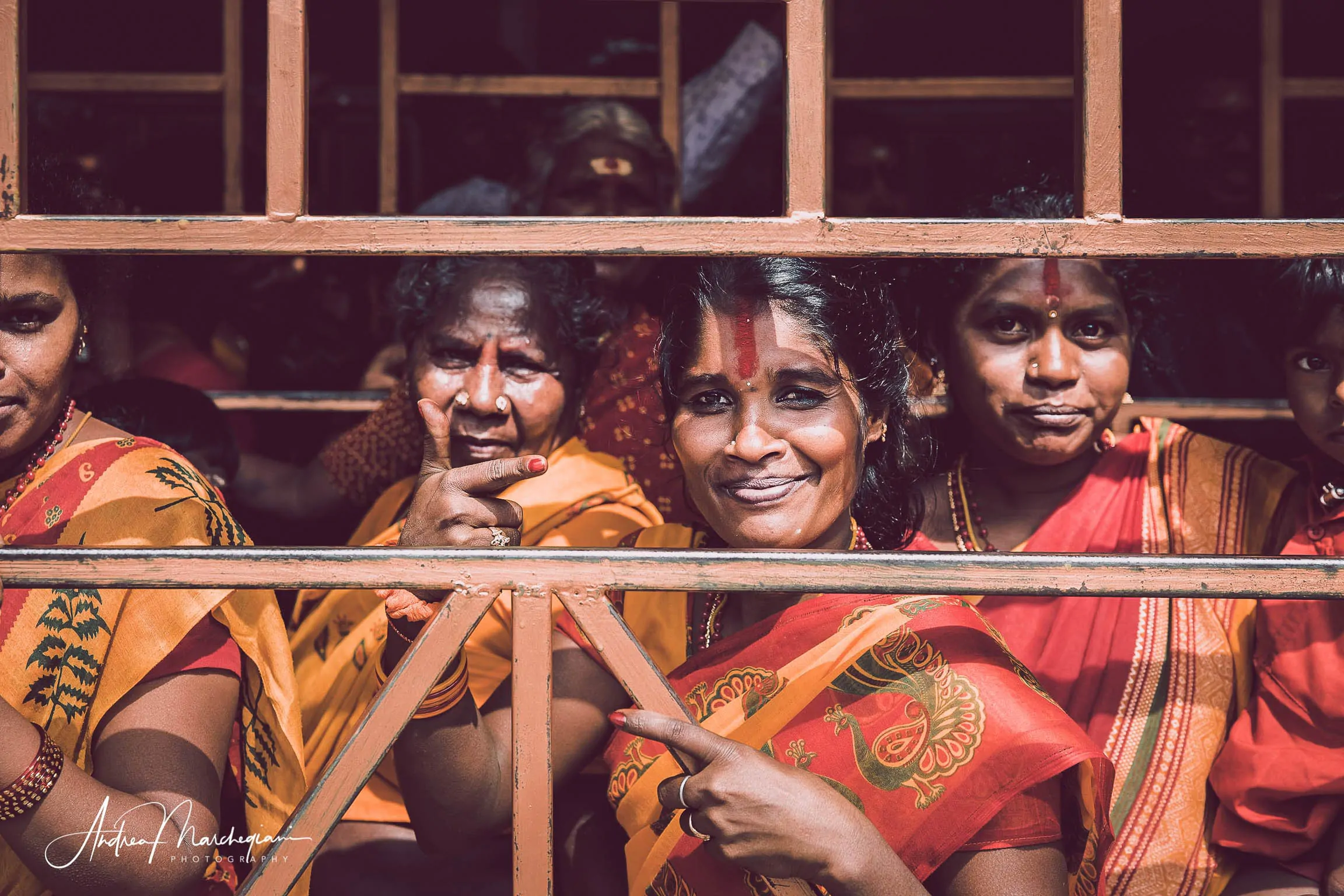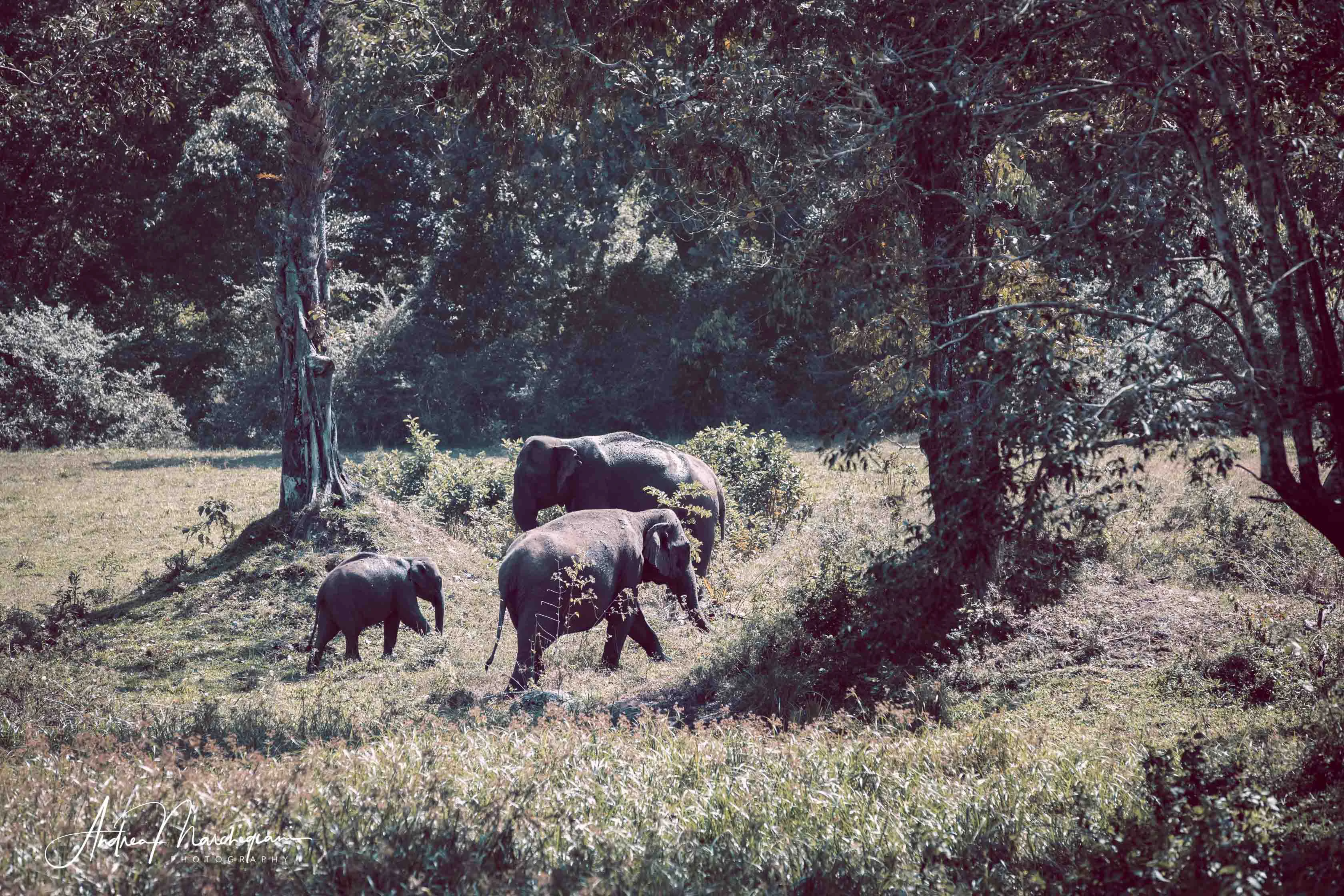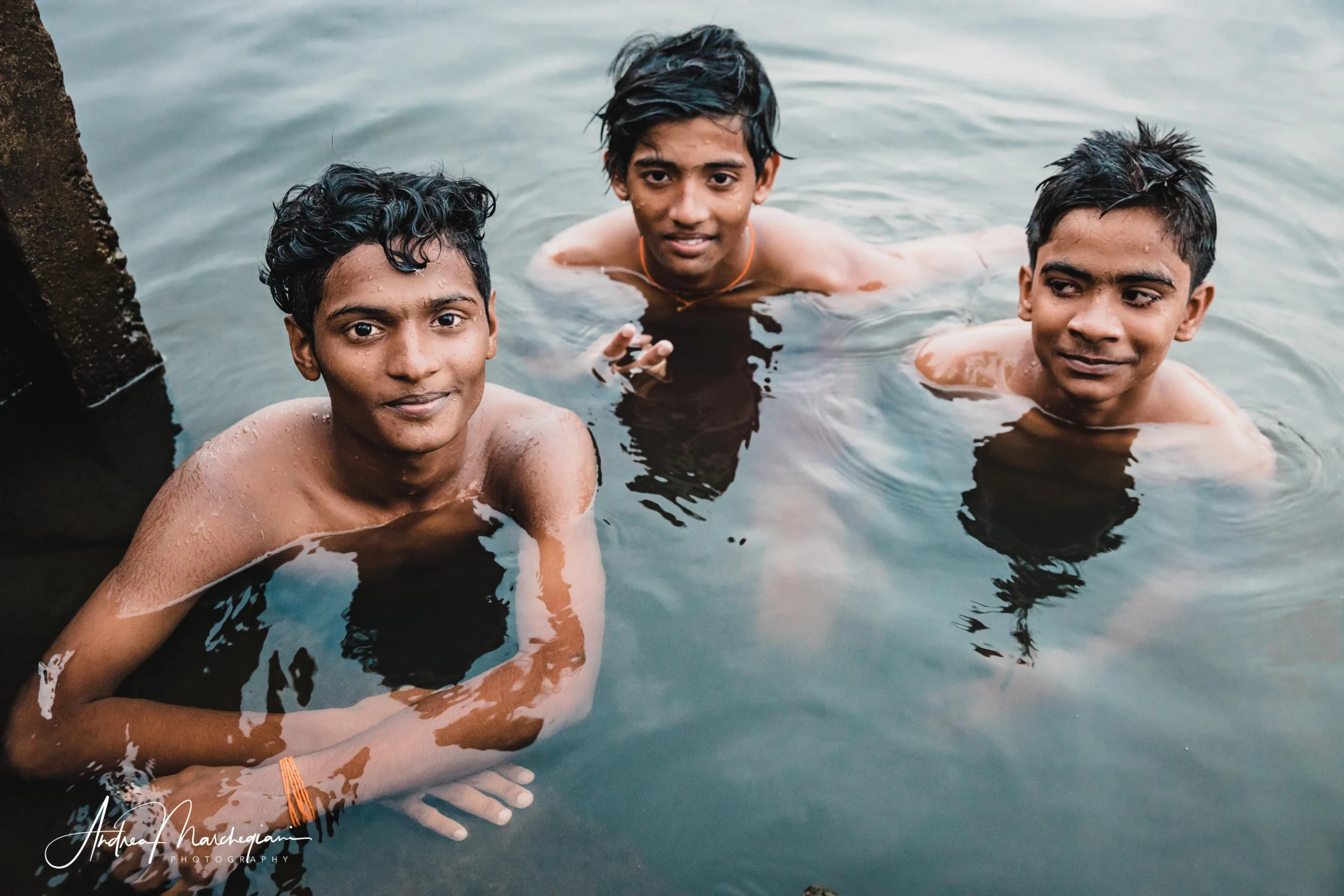
- Home
- Photo Galleries
- Portrait Photography
- Landscape Photography
- Street Photography
- China
- Ethiopia
- India
- Holy Ganges
- Varanasi
- Varanasi Ganga Aarti
- Varanasi, Manikarnika Ghat
- Varanasi Streets & Alleys
- Varanasi Demolition
- Varanasi Fruit Market
- Sarnath
- Brick Kilns
- Tamil Nadu, Chennai & Mamallapuram
- Tamil Nadu, Fort Tirumayam & Madurai
- Tamil Nadu, Tiruvannamalai & Thanjavur
- Kerala, Munnar
- Kerala, Peryiar
- Kerala, Backwaters
- Kerala, Kochi
- Kazakhstan
- Myanmar
- Senegal
- Uzbekistan
- Travel Blog
- China
- Ethiopia
- India
- Tamil Nadu & Kerala
- Varanasi
- Whato to do in Varanasi
- Varanasi Life along the Ghats
- Varanasi Death along the Ghats
- Varanasi Ganga Aarti Ceremony
- Varanasi demolished to honor Shiva
- Varanasi Fruit Market
- “Varanasi, A Journey into the Infinite”
- Sarnath
- All about River Ganges
- Holy Shit. All about Indian Cow Dung
- Clean India Project
- Brick factories
- Tilaka, pundra, bindi: what is the mark on Indian foreheads?
- Kazakhstan
- Mongolia
- Ulaanbaatar, the coldest capital in the world
- What to do in Ulaanbaatar
- Chinggis Khan Museum, 6 floors of Mongolian history
- Gorkhi-Terelj National Park and Bodgkhan Natural Reserve
- Altai Mountains, Things to do in Olgii and Sagsai
- Living with the Eagle Hunters
- Sagsai Eagle Festival
- Navrus Festival
- Xöömej, Mongolian throat singing
- Mongolian Food
- Myanmar
- Senegal
- Uzbekistan
- Latest Posts
- Photography Blog
- About
- Prints
Share with your friends:
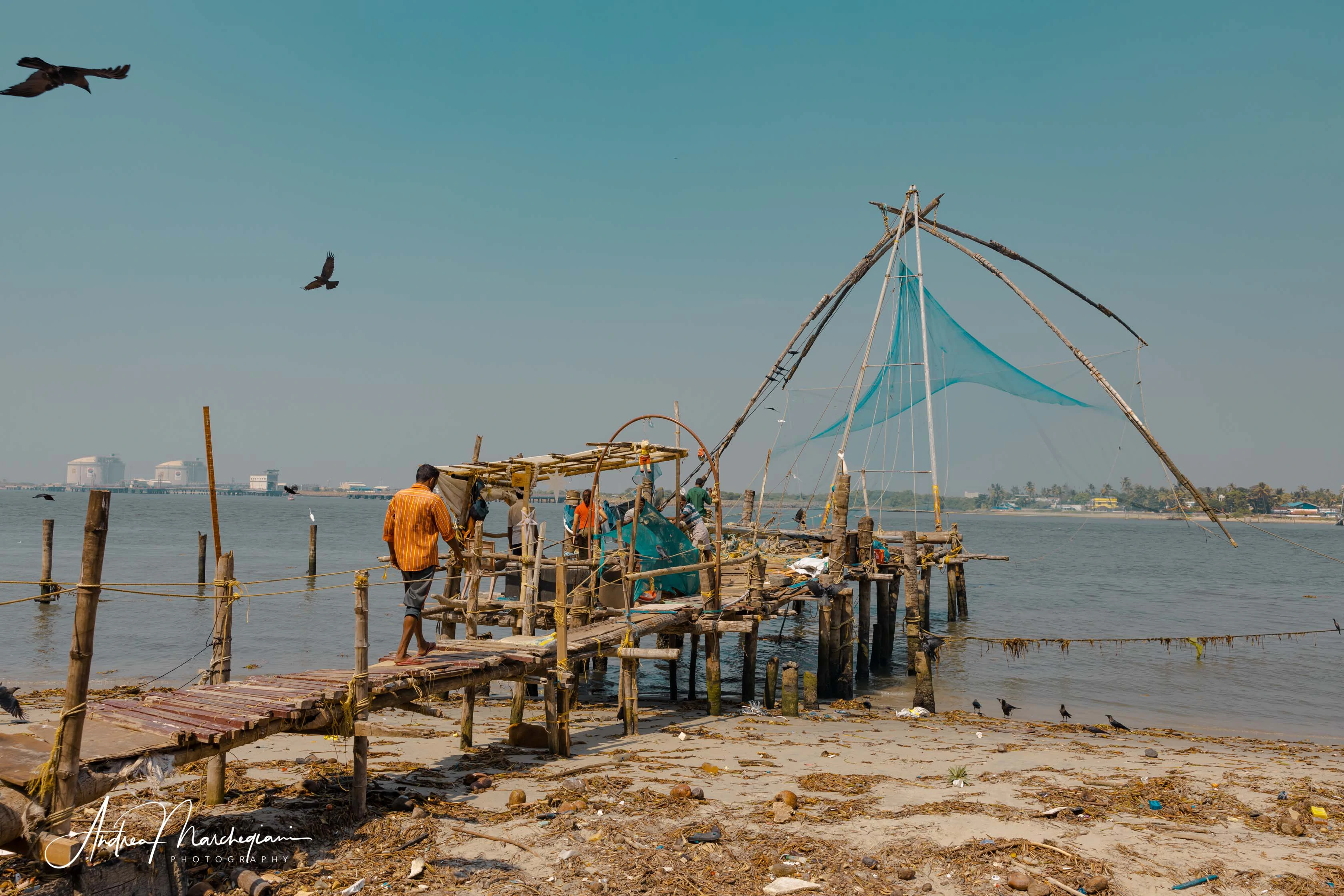
My last stop on my trip to India is in Kochi, once known as Cochin, a harbor town on the southwest coast. Its history is so rich in cultural influences and commercial exchanges that Kochi houses a Jewish synagogue, ancient mosques, traditional Chinese fishing systems, a Portuguese fortress and a Dutch museum!
If that’s not enough, Cochin is also one of the most fervent Indian cultural centers, where you can watch the best kathakali dance shows and Kalaripayattu demonstrations, which is not only the oldest martial art in India, but even the whole world.
The complex morphological profile of the city, with its countless peninsulas and islands connected by bridges and ferries, make it a both maritime and lake city. In short, Cochin is definitely worth a visit and is the best place to end my wandering in sunny southern India!
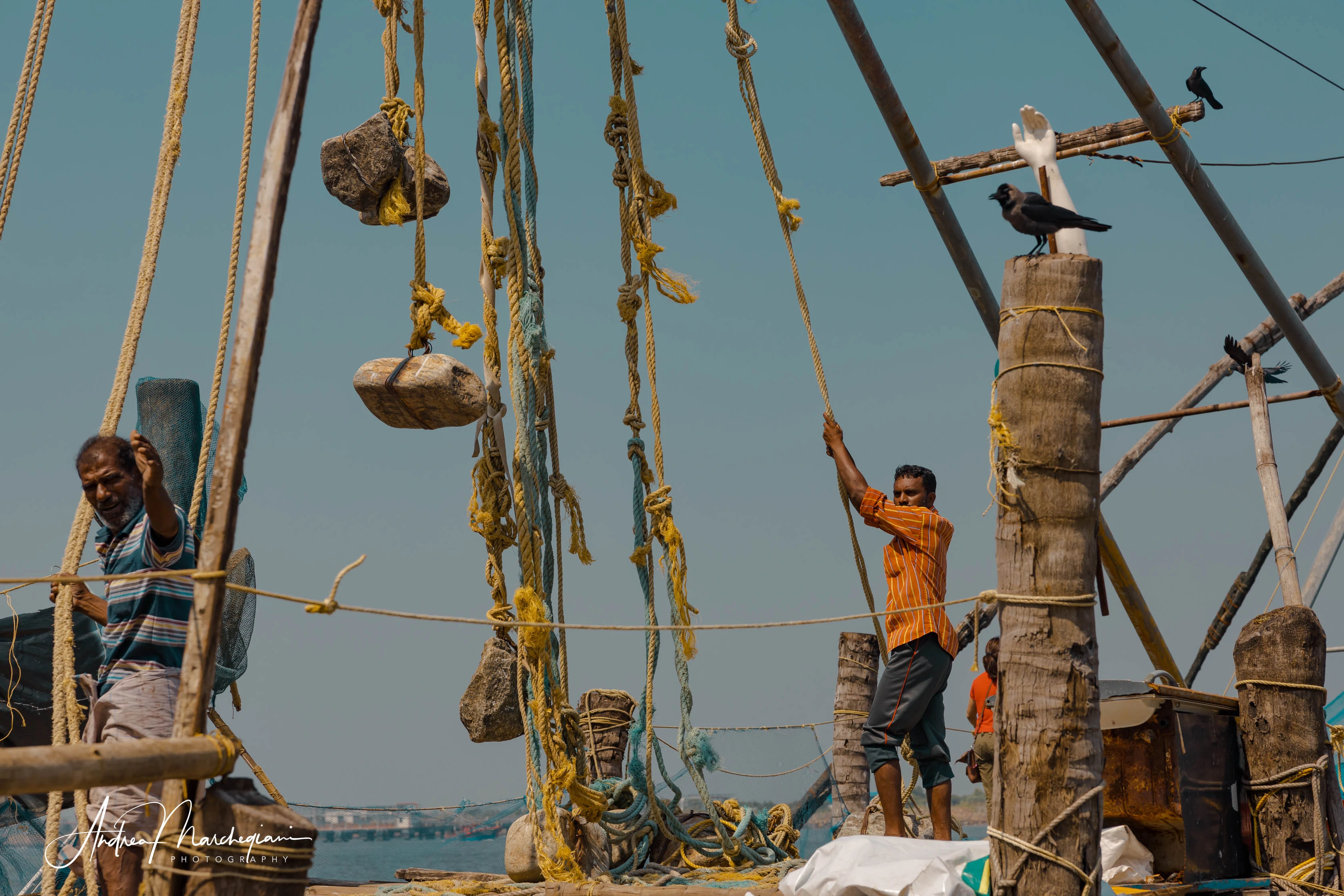
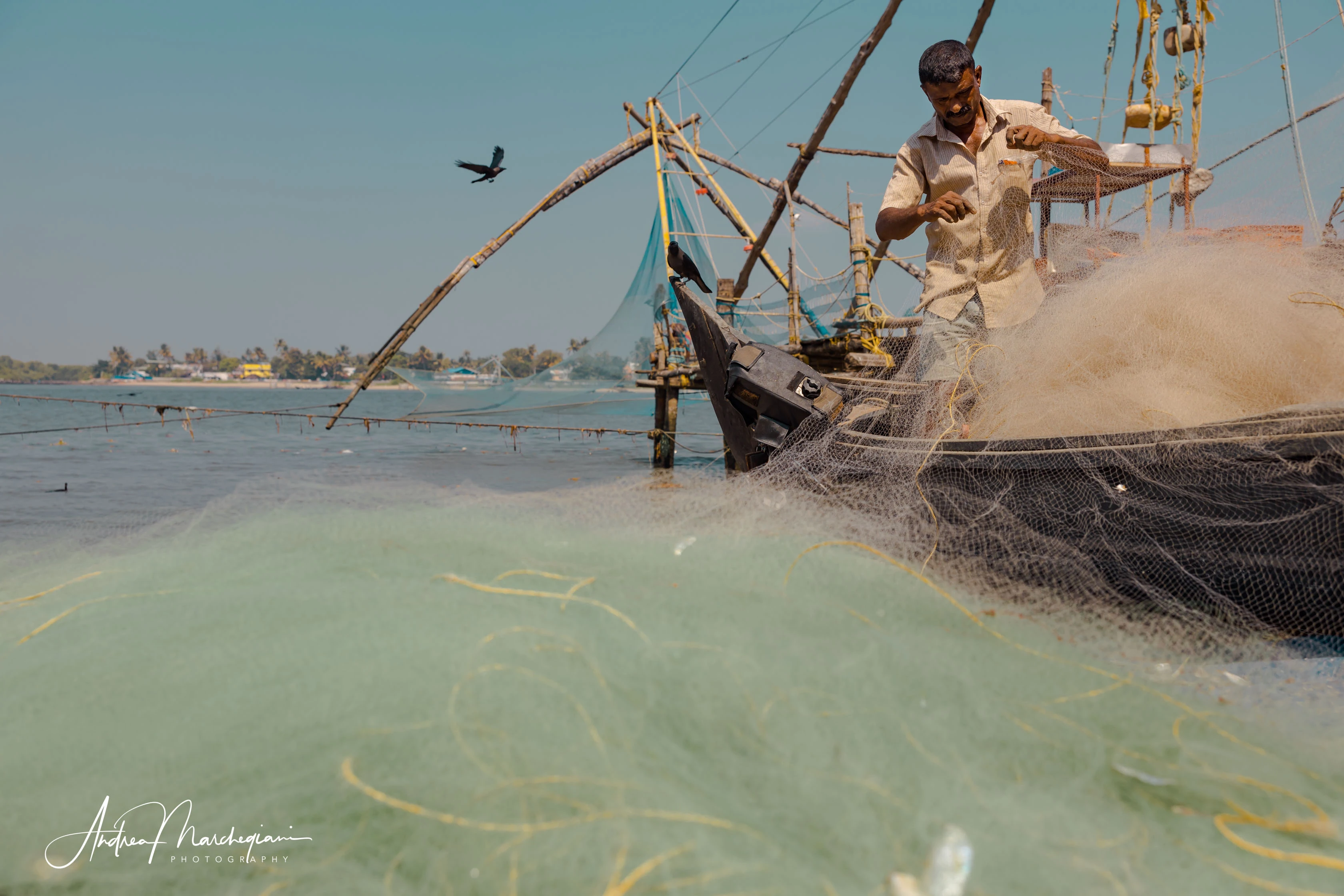
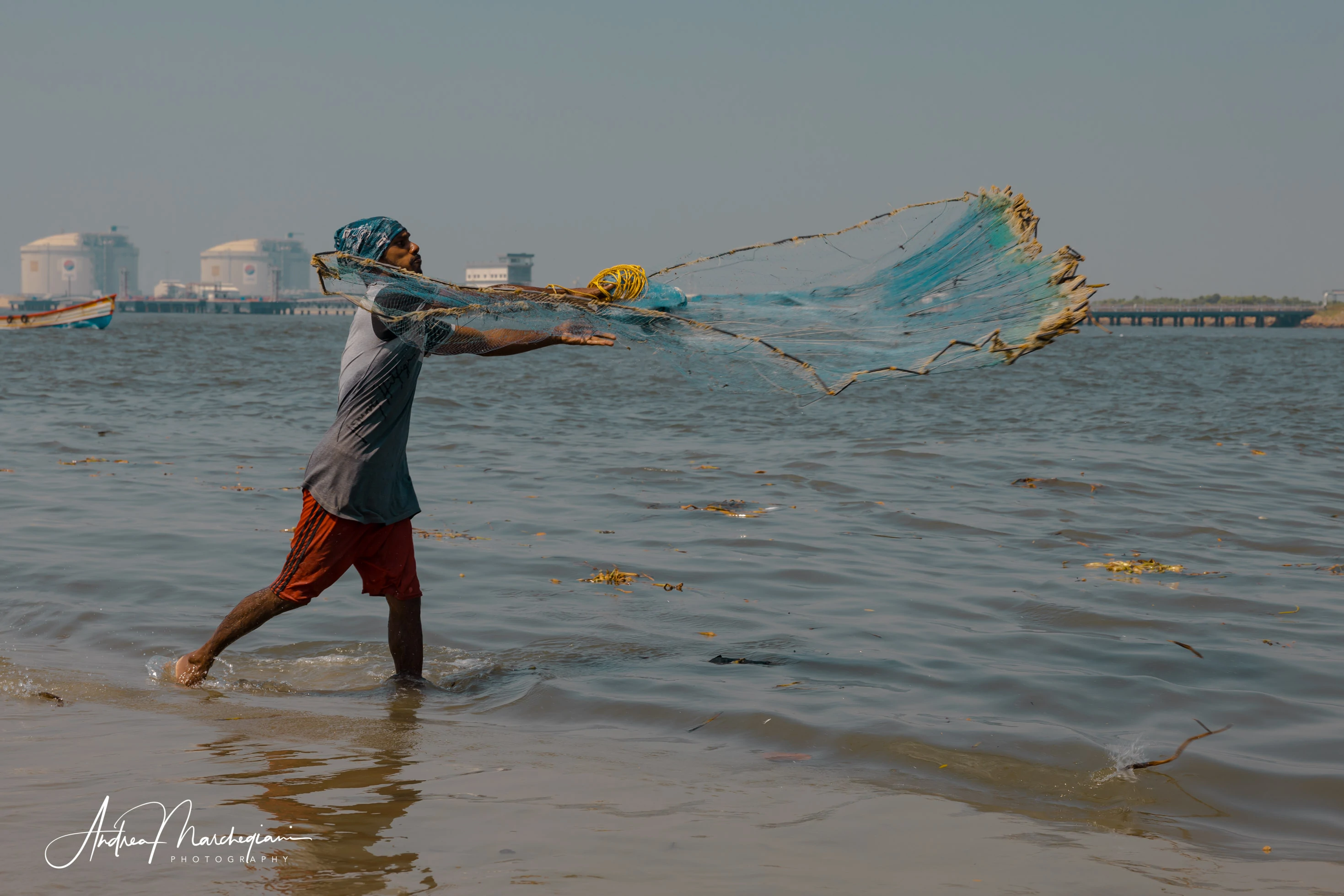
Fort Cochin, Chinese fishing nets
My visit begins with a waterfront walk to Fort Cochin, the old town. The stretch that goes from Vasco De Gama plaza to Mahatma Gandhi Beach is a famous tourist attraction, because here you can admire the Chinese fishing nets, which have become one of the symbols of Kerala backwaters. People love to photograph them! These structures were built in the 16th century, when trade with China was very flourishing: they look very similar to Abruzzo’s trabocchi. Nets are suspended a few meters from the shore, but are lowered with a system of counterweights during the high tide.
On the beach, you can admire fishermen who throw nets by hand and withdraw them hoping to have caught some unfortunate fish. Net throwing requires a lot of energy and this specific technique involves several twists, a bit like throwing a javelin. I approach the fishermen and begin to photograph their unusual dance. I fear they will push me away badly: on the contrary, young fishermen decide to launch their nets in favour of a camera, making my work easier.
It is incredible, for us Westerners, how easy it is to approach and photograph Indians. They meet others with great openness, so if they meet a photographer who is interested in them, they show their true colors. They do not pretend to be something they’re not and they don’t pose. In short, they’re every photographer’s dream. I greet everyone with gratitude and continue my walk along the coast.
A few meters from the beach, there are the fishermen’s stalls where you can buy fresh fish all day or even ask for it to be cooked on the spot. Not far away, the bright colors of the spice sellers attract the eye; Cochin was once one of the main exporters of spices to Europe: pepper, cinnamon, cardamom, sandalwood…
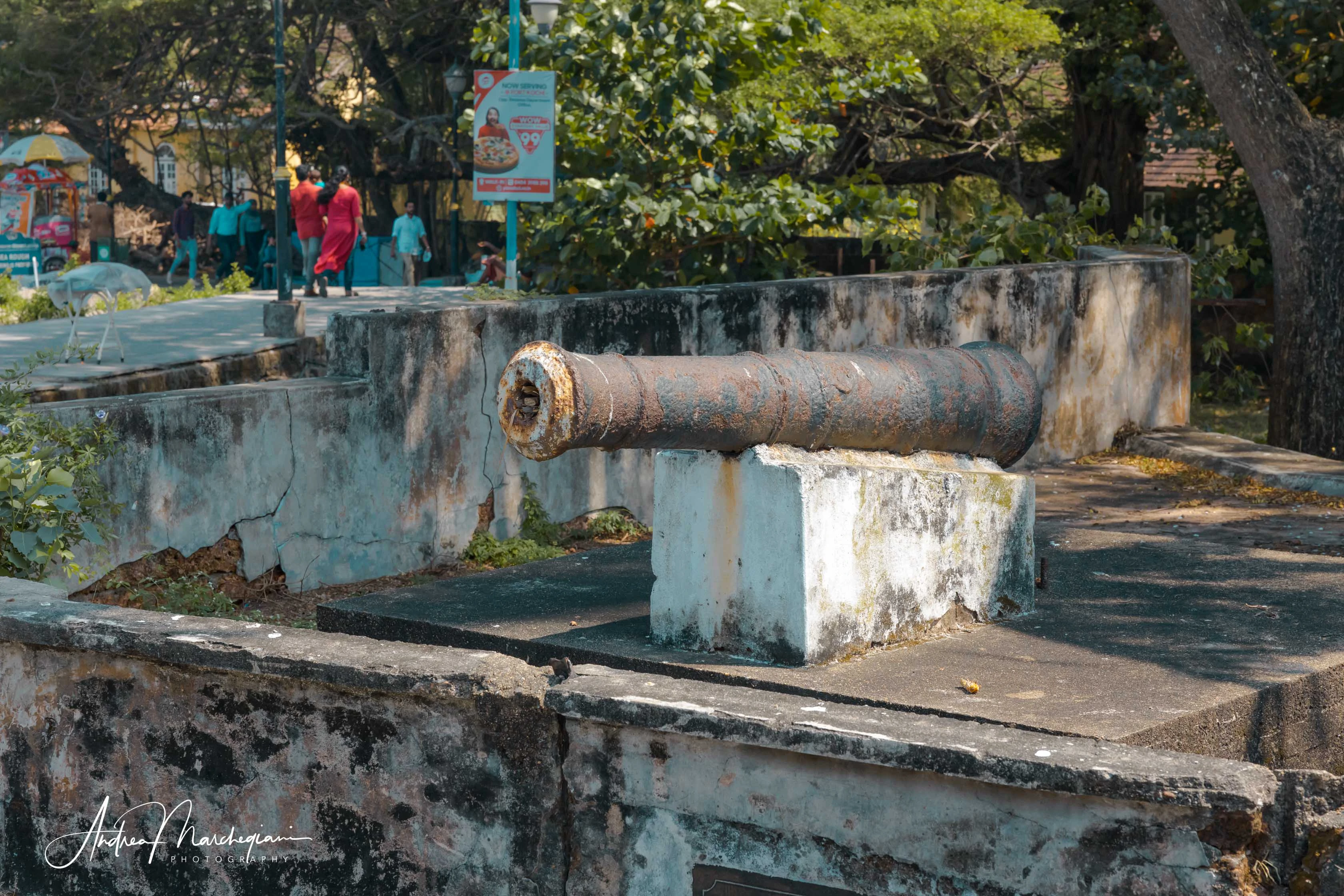
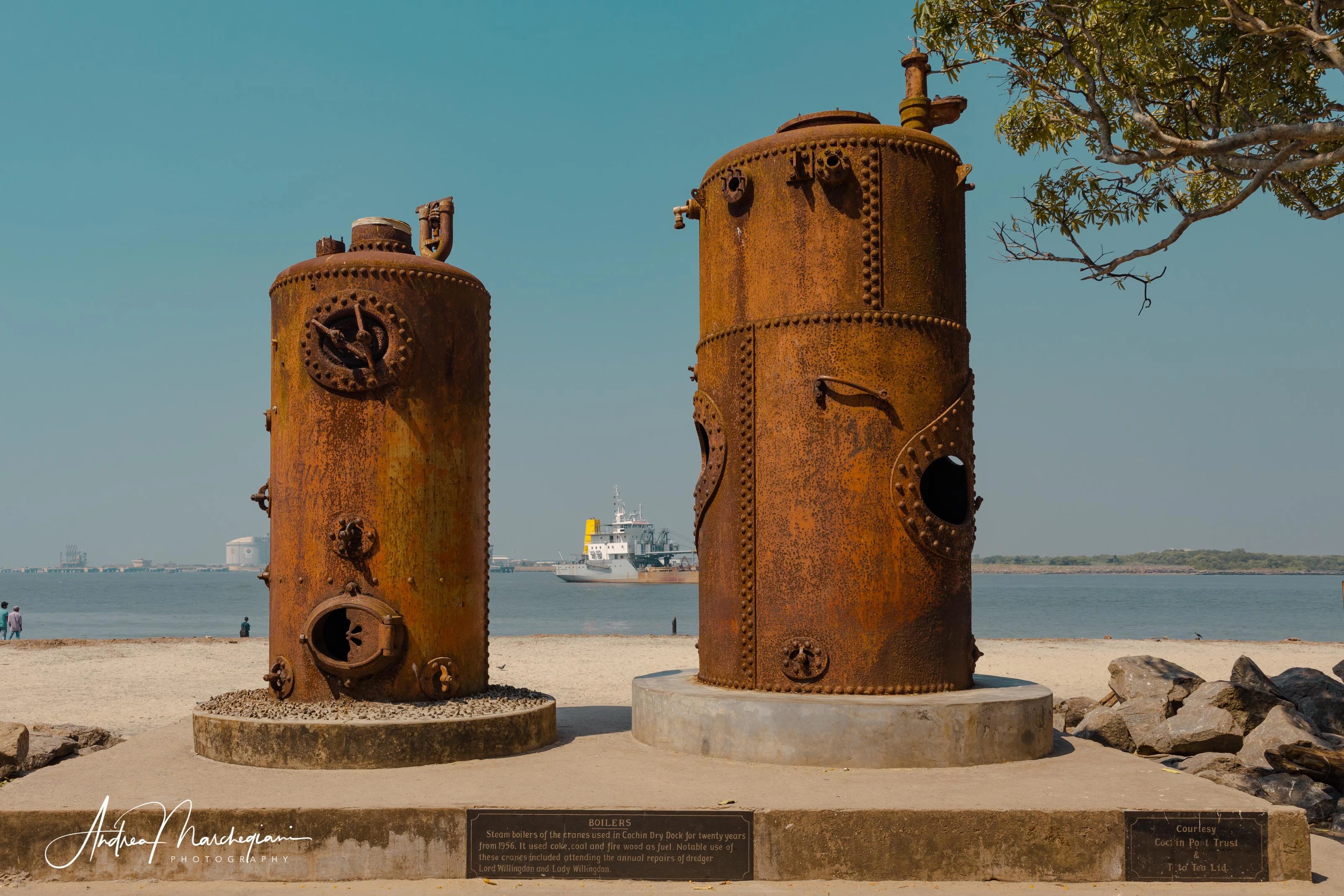
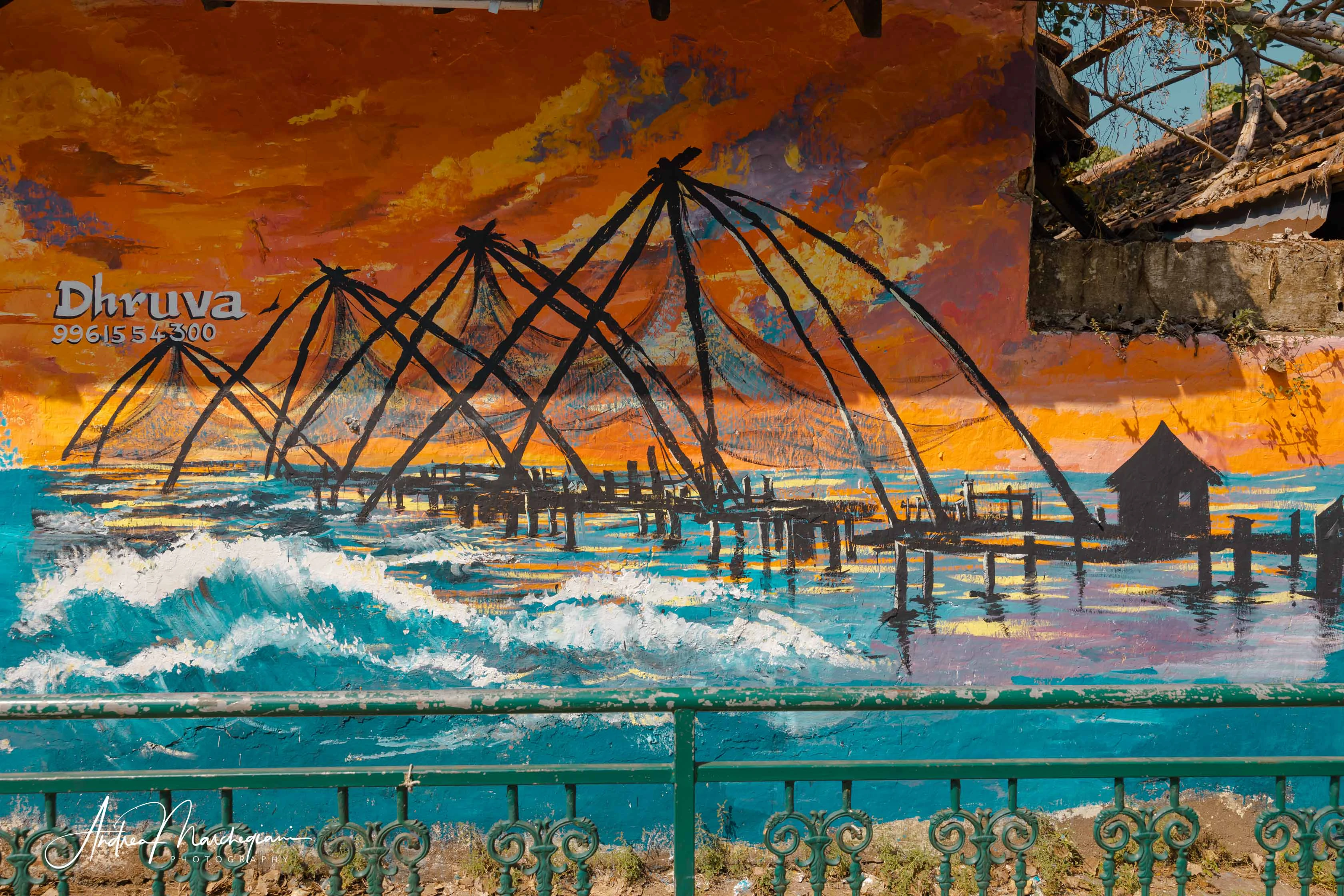
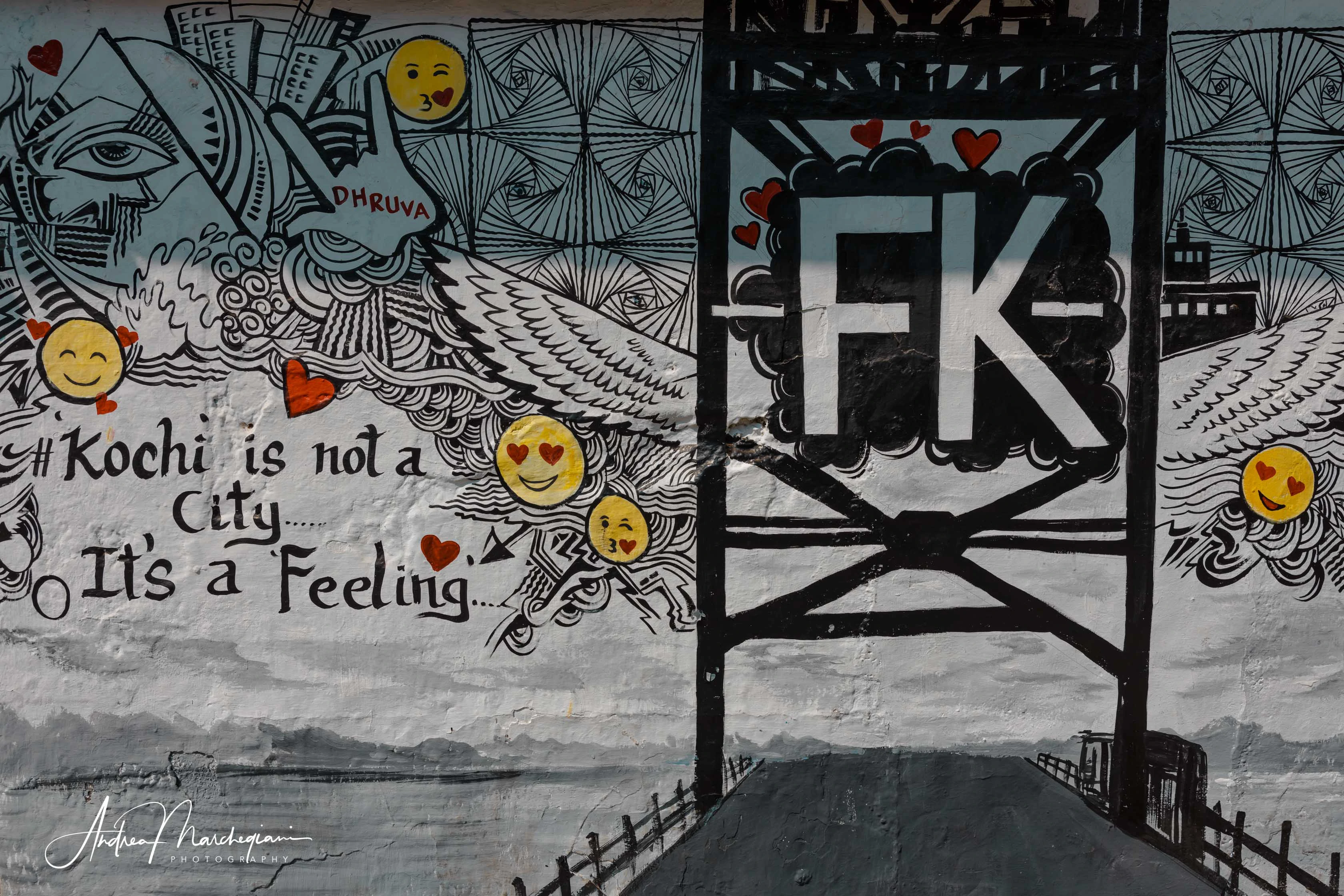
Fort Emmanuel and the remains of the colonial past
At every step, the guys stop me to take a selfie together – I also stop them to do the same- and this is how I spend a few hours, in total lightheartedness.
Walking I come across the remains of the past of Fort Cochin: the city was conquered first by the Portuguese, then by the Dutch and the British. On the beach are traces of their passage: a cannon from the Portuguese fortress of Fort Emmanuel, from the 16th century, the anchor of the ship that sank killing Lord Willington and some strange red steam boilers, also from the British period.
Also worthy of attention are the murals that flank the beach, the work of local artists. Among them, is gaining popularity a graffiti of two colored wings, where many stop to photograph themselves.
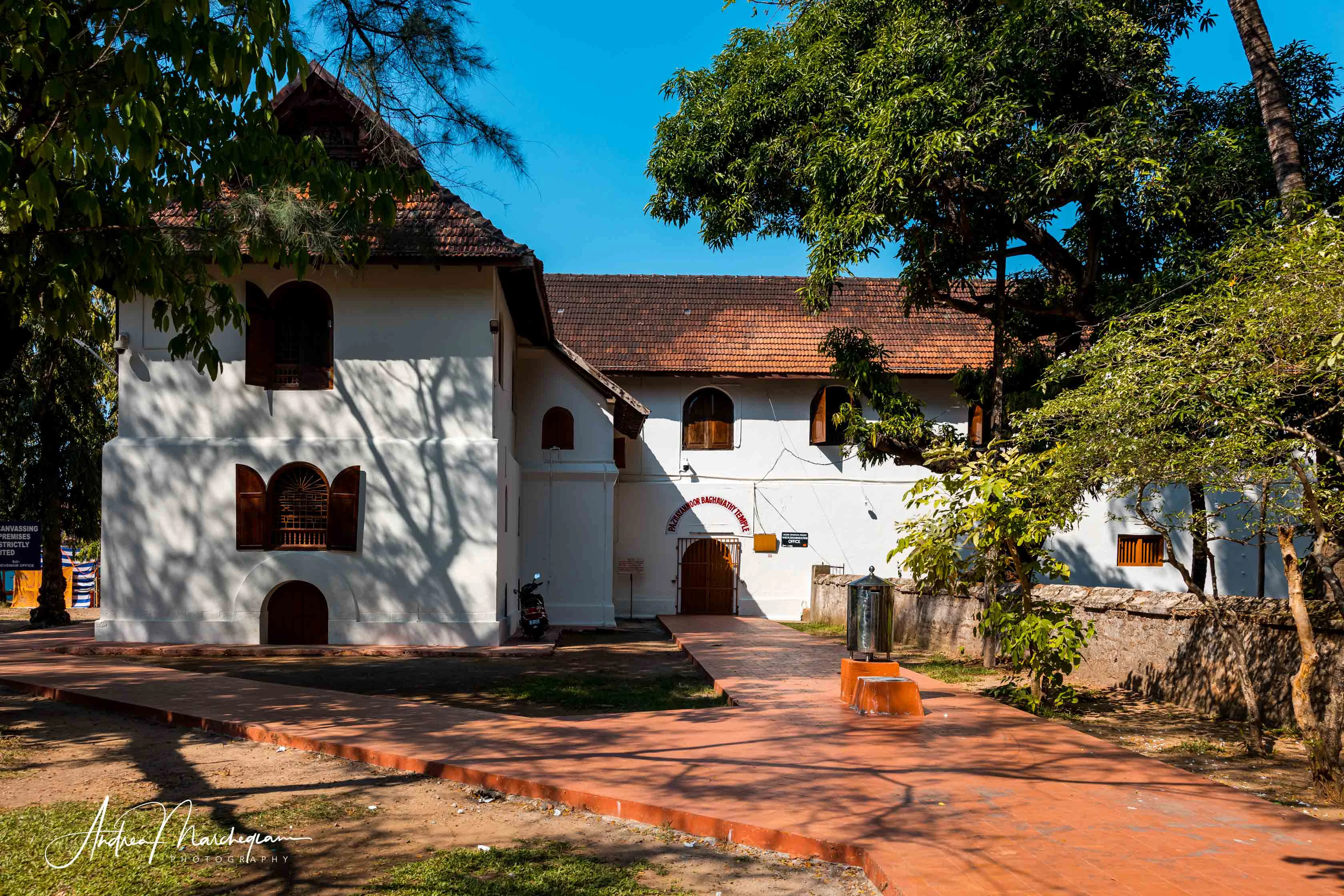
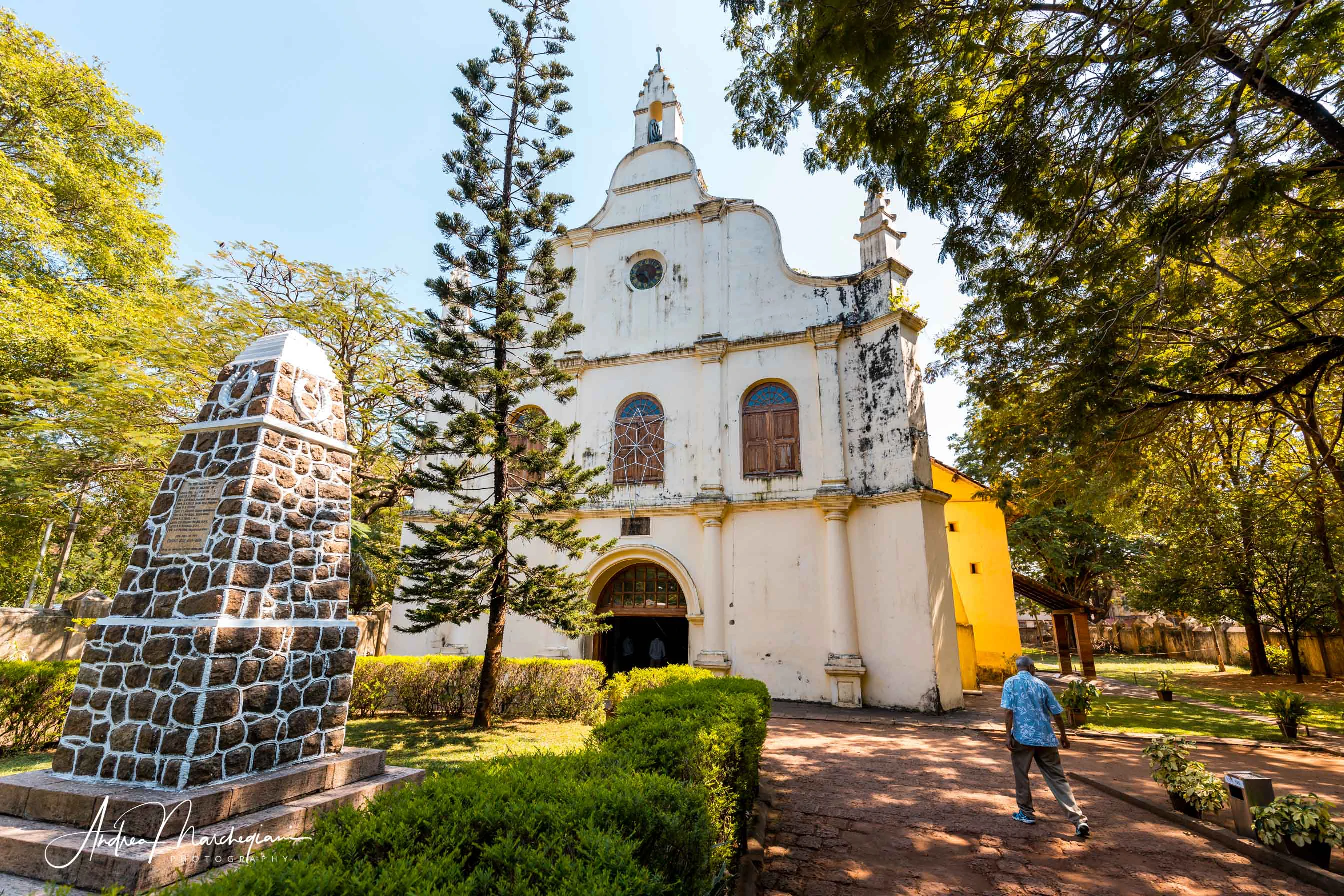
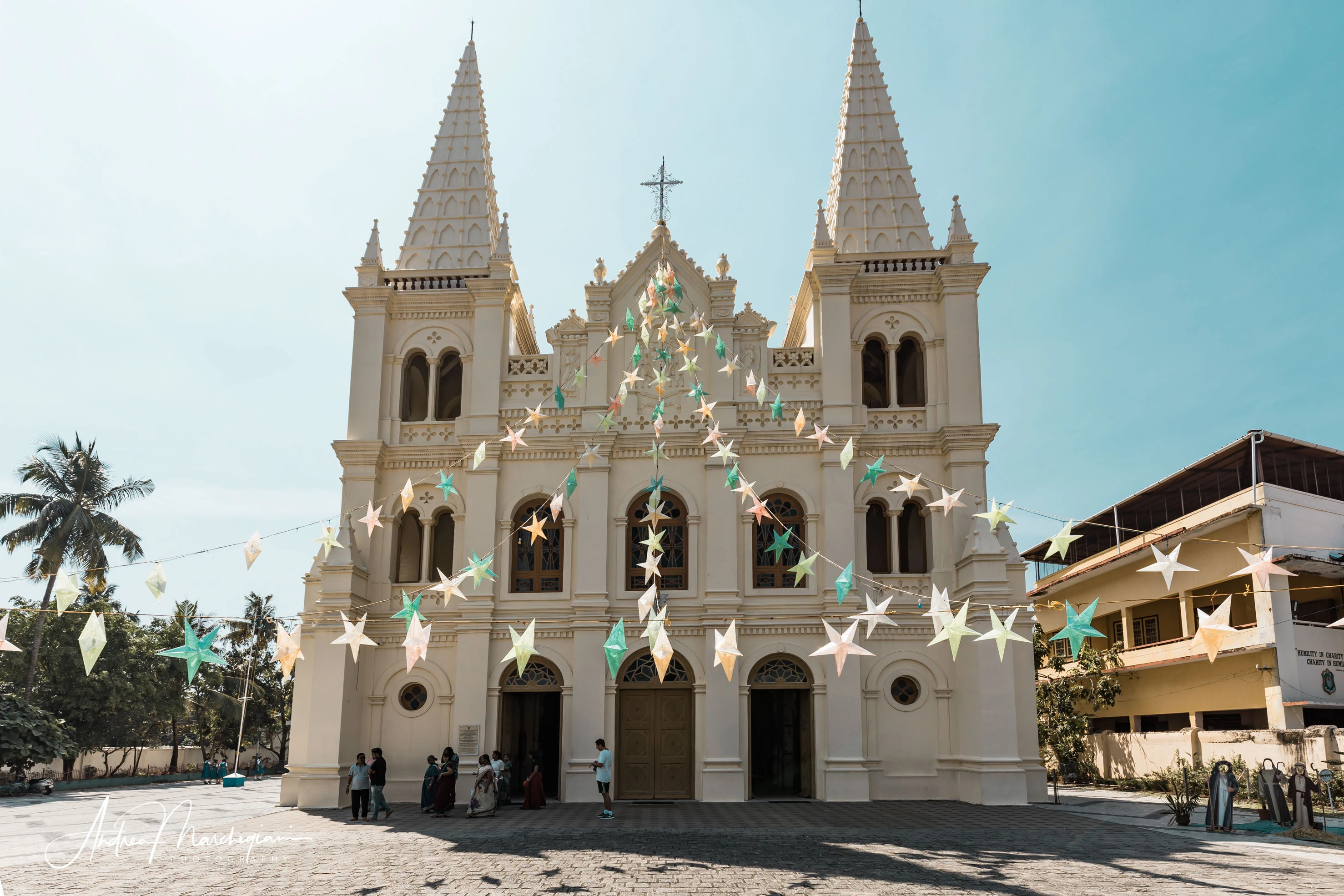
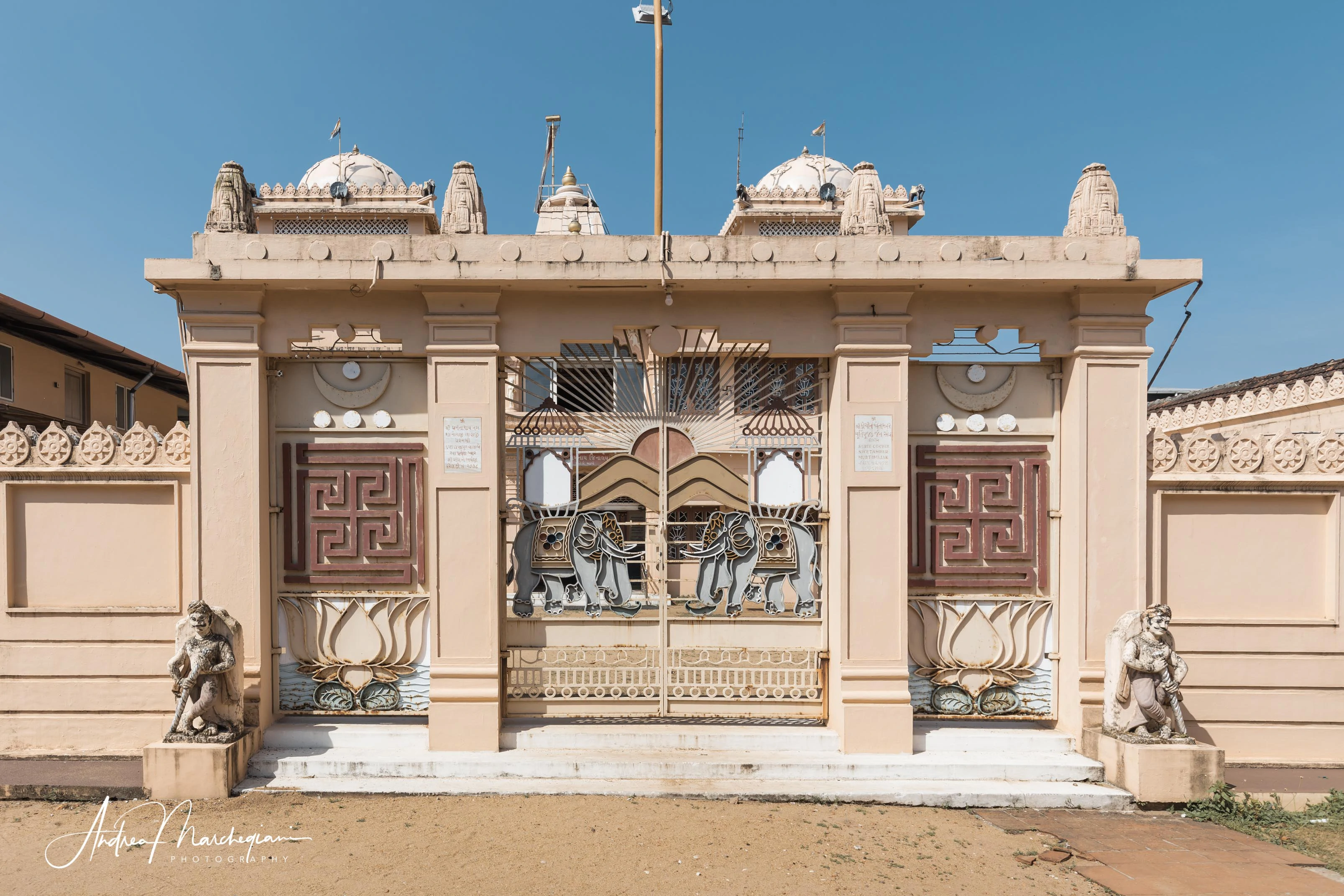
Cochin churches, synagogues and museums
My ride continues comfortably sitting in the seat of the minivan. Pandyian decided that I absolutely must see some religious architecture! They will be quick stops, just long enough to admire the artistic heritage of Cochin.
First of all, we see Saint Francis Church, the first church built by Europeans in India by the Portuguese Franciscan friars… The church is famous for having housed the remains of Vasco Da Gama, who died in Cochin in 1542. Although he is buried in Lisbon today, the explorer’s body lay here for 14 years and it is still possible to see his tombstone.
Then we head to the Santa Cruz Basilica, one of the nine basilicas in Kerala and undoubtedly the most impressive. I’ll be honest: I didn’t really appreciate this church, it has nothing to do with the Gothic style we are accustomed to. The facade and exterior are plastered and decorated with stucco, while the interior is in pastel colors.
We then move to the district of Mattancherry, the old spice trade center. It is 3 km south of Fort Cochin: here you can walk through the bazaars of spices and fabrics of Kashmir.
I visit the Mattancherry Dutch Palace, an ancient Portuguese palace donated to the Raja of Cochin as a token of friendship. Today the structure is used as a museum and you can admire countless Hindu wall paintings, with scenes from Ramayana. Inside it is forbidden to take pictures but, believe me, it is worth a couple of hours.
Not far away, the Pardesi synagogue, decorated with Chinese ceramics and Belgian chandeliers, and the Janista temple conclude my visits to the religious structures of Kochi. Both do not allow camera access. These are not tourist spots, so be respectful and discreet if you decide to visit them.
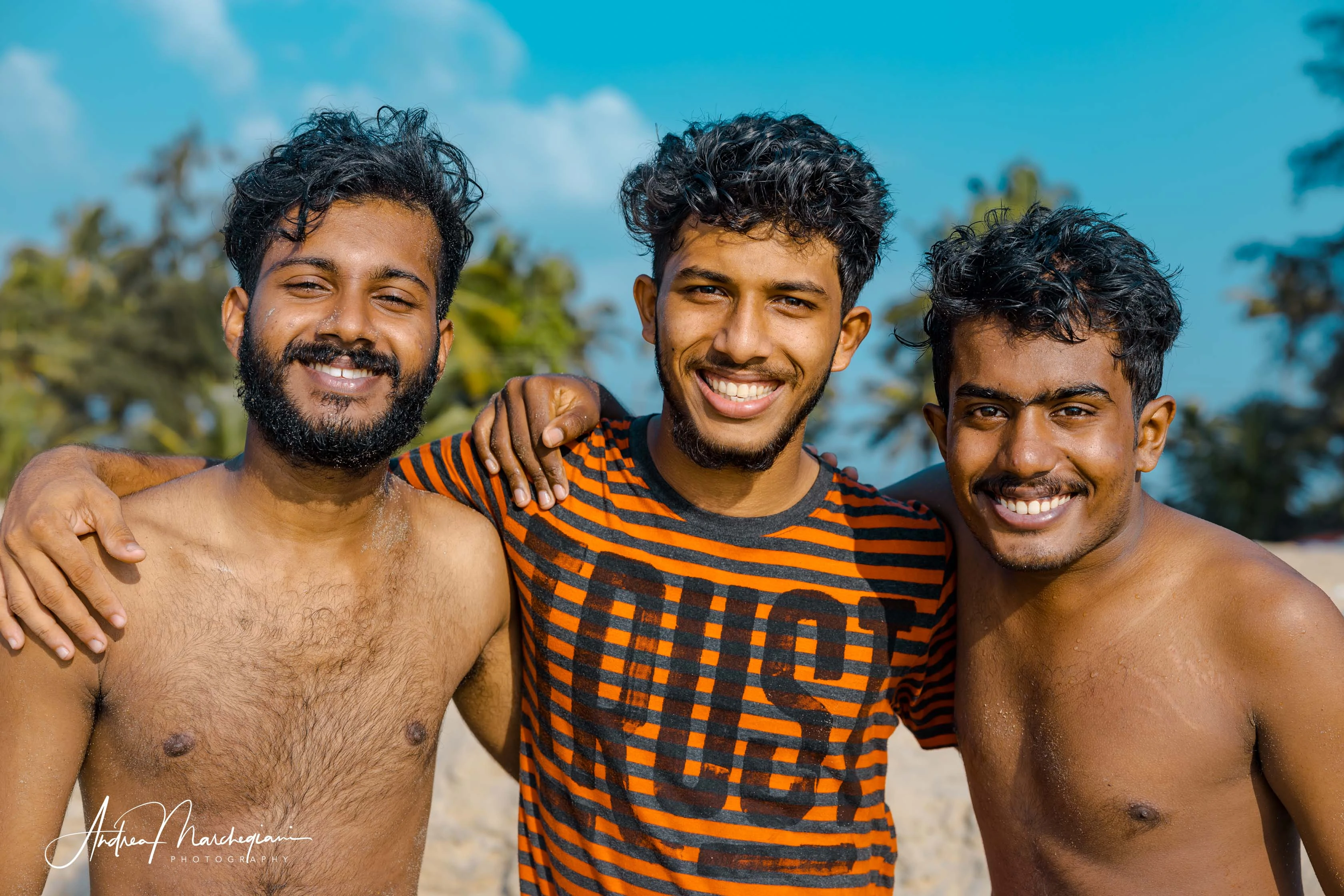
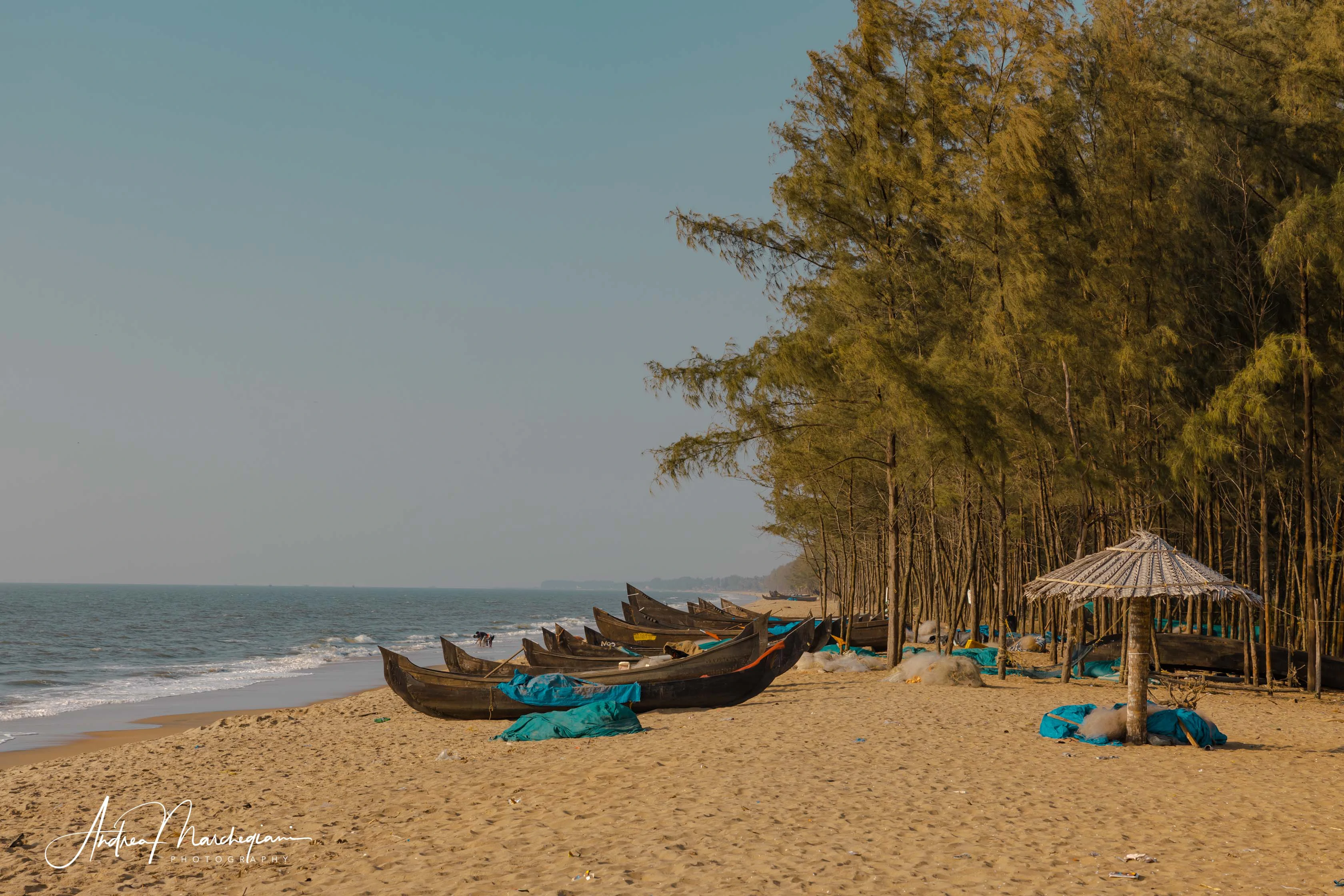
Kuzupilly beach
Quite tired after all these cultural visits, I decide to spend the afternoon in lightheartedness. Pandyian offers me a nice bath in Kuzupilly beach, which is about an hour’s drive north of Cochin.
It’s the last hours here in Kerala. Tomorrow morning I will reach Kochi airport and I will take a flight to Rome. I enjoy the idea of spending the afternoon in a bathing suit, tomorrow I’ll be back to Italy’s winter. It’s January 6th, the feast of the epiphany, and I’m going to live an incredible experience, from every point of view.
Kuzupilly beach has a wide beach, bordered by tall pines; the sand is fine and golden. I walk along the shore, exchange greetings with passers-by, I dive into the water and play with the waves. The hours pass in a state of great lightness.
Sunset reserves me a meeting at the edge of surreal. I would not believe if someone told me what I’m about to tell.
A group of young people enjoy challenging the waves, which get bigger as the sun sets. Their laughter infects me and I approach them. I notice that they are guarded by a nun. She wears the blue veil, like the nuns who raised me in kindergarten.
Our looks meet and the nun smiles at me. “Where are you from?” she asks me in good English. I tell her that I am from Rome, that I love India and I am sorry to be leaving. “How beautiful! I lived many years in Rome”, she surprises me, answering me in Italian. “In Vermicino, to be exact.” Now I am doubly surprised! “I was born and raised in Vermicino!” I exclaimed hoping that the nun does not believe I want to make fun of her.
“I was teaching at Vermicino’s kindergarten!” she replied with as much surprise. And so I discover that not only he know the pastor who baptized me, but she worked in the same kindergarten I attended as a child. In our memories we share images of the same places, of the same people. I wonder if we ever met at the supermarket, the post office, the bus stop.
Within me comes a feeling of great trust, of total abandonment. In the opposite corners of the world, in the most remote places, nobody is alone. Strangers are not really strangers. You just need to stop by and talk to someone for a few moments to find out that you’re connected. We all have more in common than we think.
“Say hello to Vermicino,” said the nun. “Definitely! I hope you’ll come back soon!” I answer.
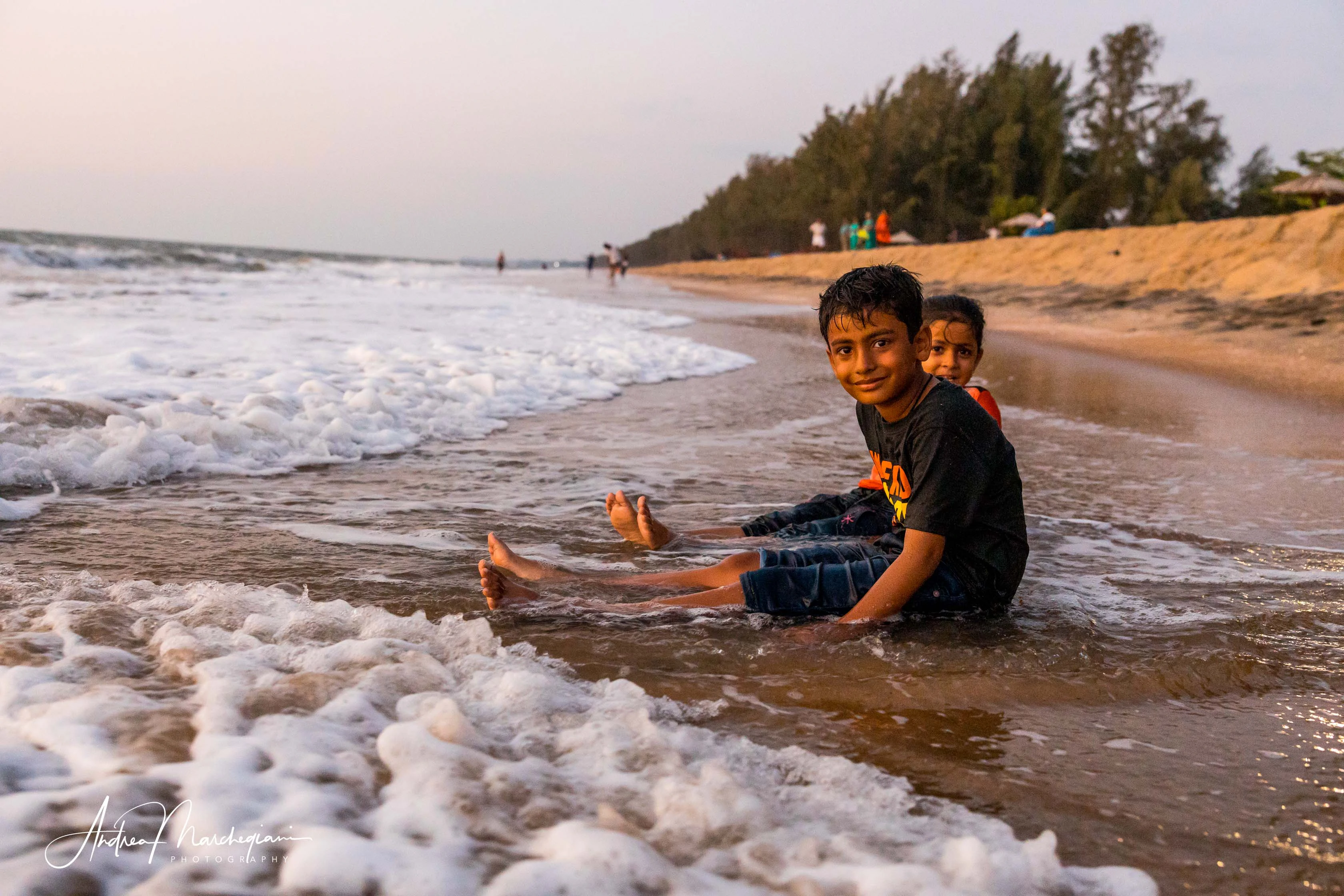
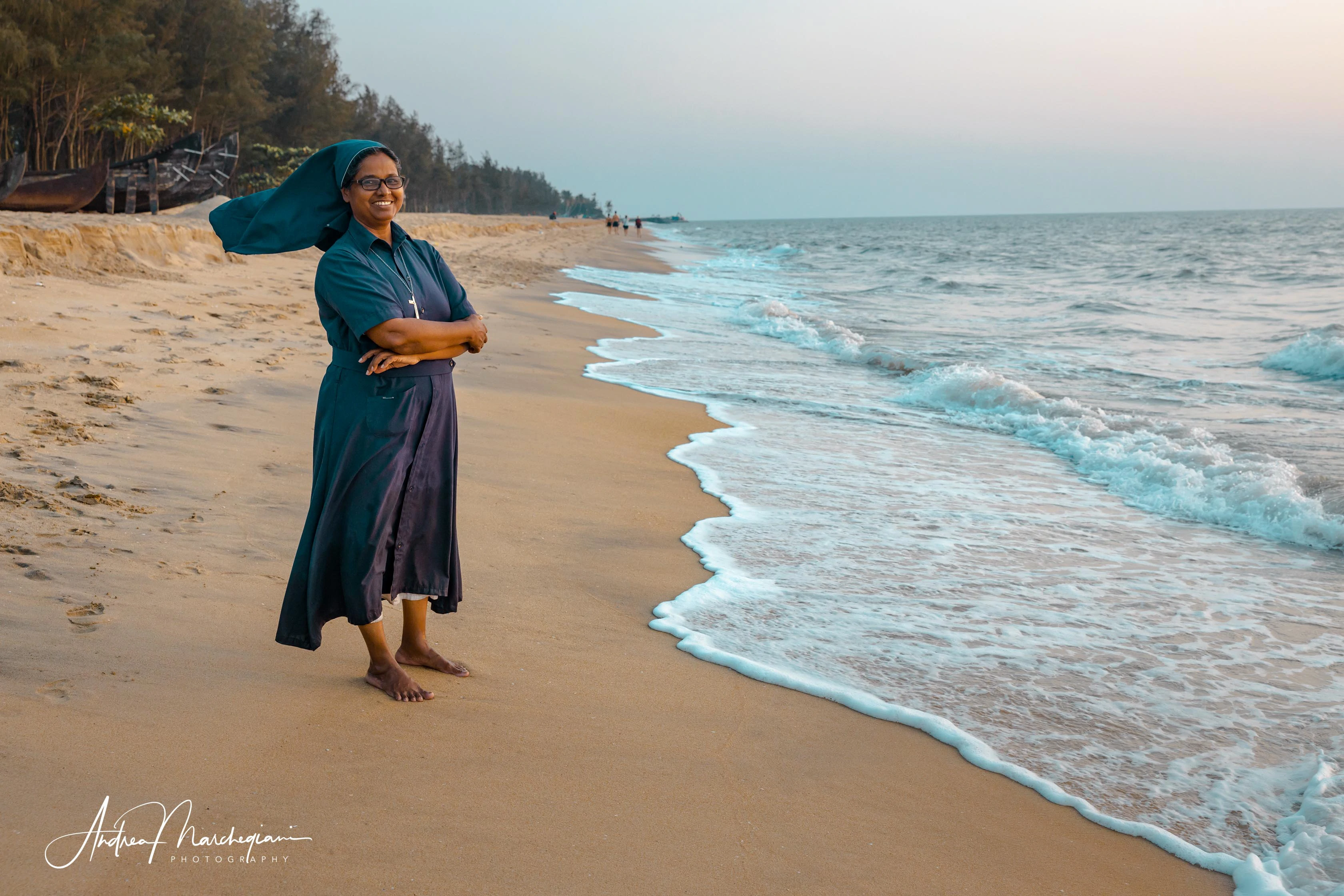
When I set foot on Italian territory and drive down the road that brings me home, everything seems transfigured. I no longer look at Vermicino only with my own eyes, but also with the eyes of the Kerala nun I met. I imagine what this place must have looked when she first came. It must have appeared foreign to her in the beginning, so different from her motherland. And what a melancholy look she had when she remembered living there for so many years! .
The same thing happened to me during my trip to India. How my mind’s changed! India had frightened me in the past, with tales of its extreme poverty and contradictions. Today, however, it is close to my heart and the 7000 km that separate us seem to me a little detail. In India I exchanged thousands of smiles, shook hundreds of hands, slept hundreds of hours and dreamed the same dreams of my Indian brothers.



